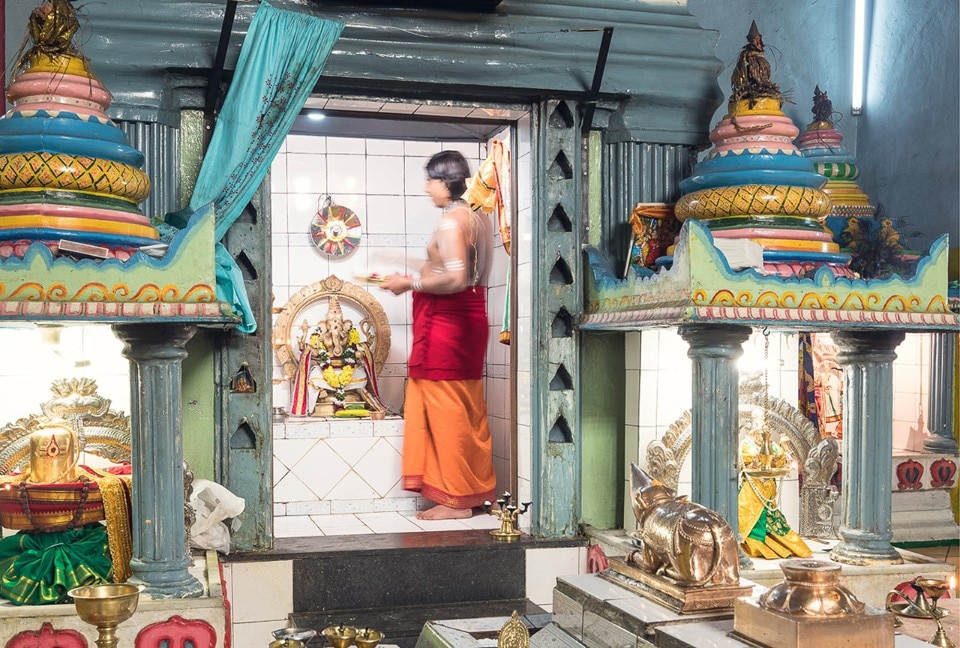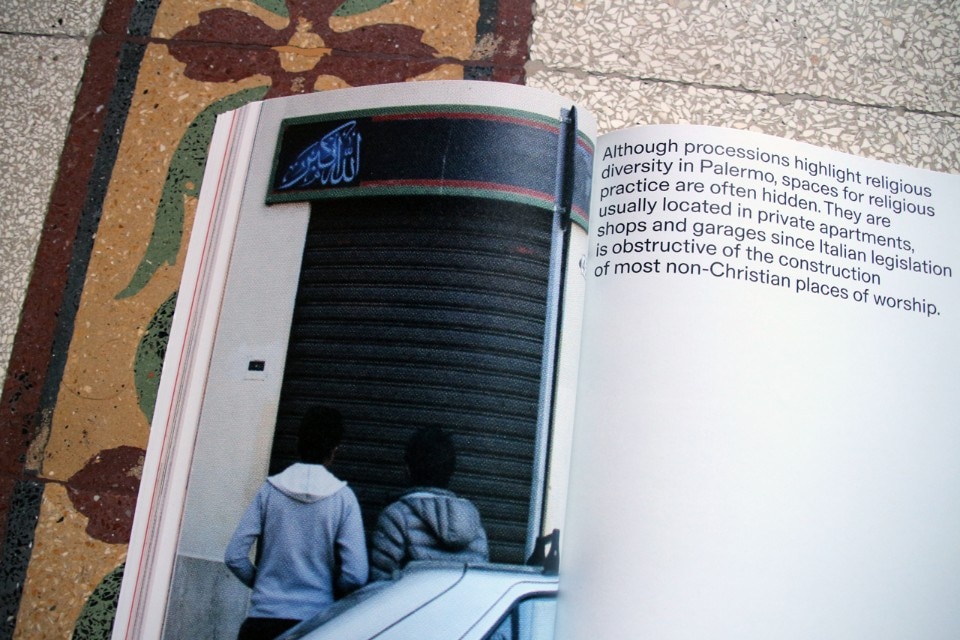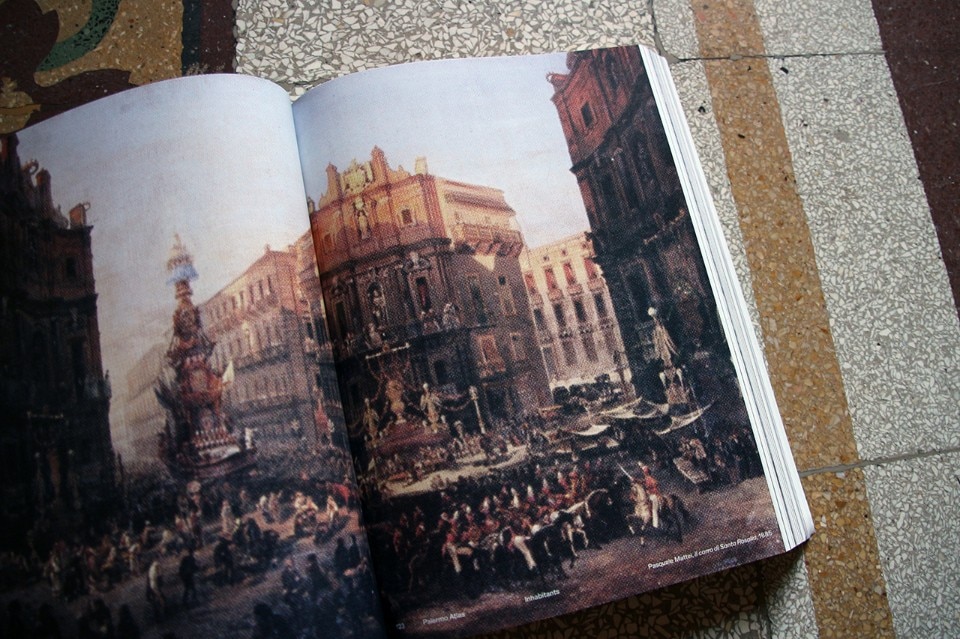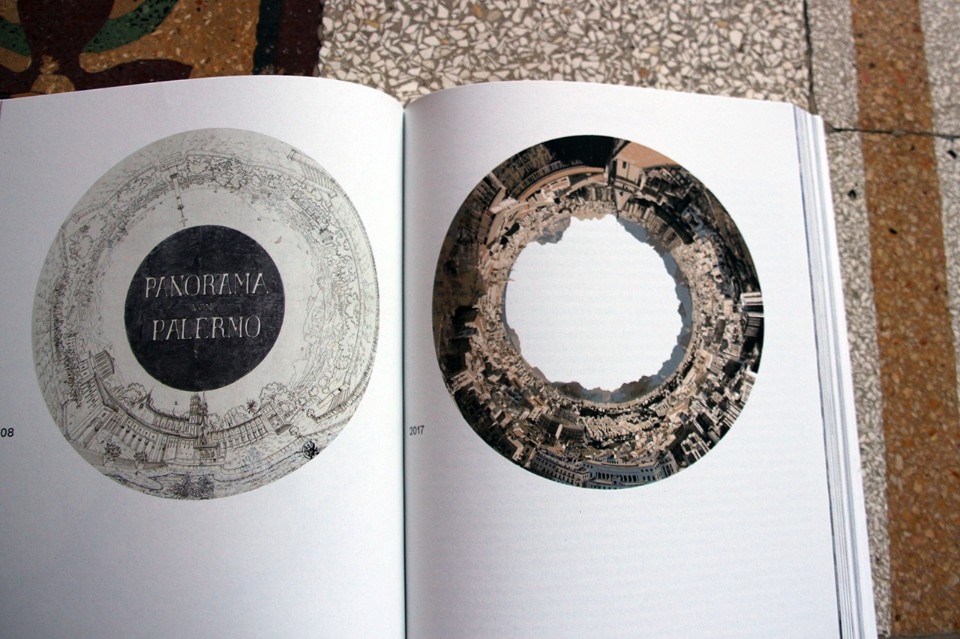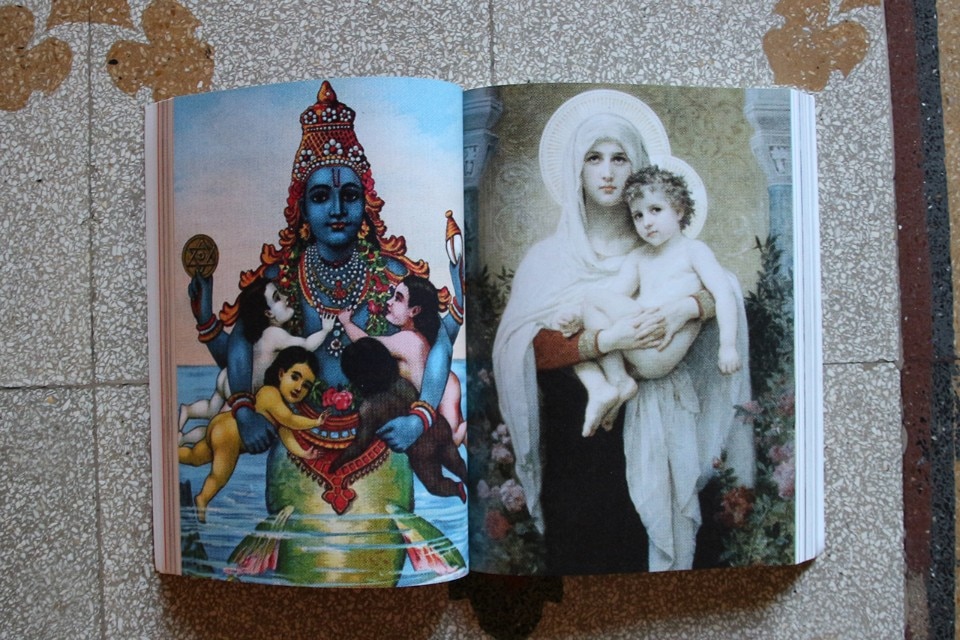How does one describe a contemporary city in a complex manner? How can this be done if the city is in the centre of the Mediterranean, on the southern extreme of the European Union and a short distance from Africa and at the centre of the routes from Suez to Gibraltar?
Palermo Atlas is the research carried out by OMA in preparation for Manifesta 12, the European Nomadic Biennial which from 16 June will bring to Palermo more than 40 authors, whose artistic actions speak of the urban context. The book published by Humboldt Books analyses in layers – in pure Koolhaas style – the various geographic and cultural conditions which characterise the Sicilian capital. According to Ippolito Pestellini Laparelli: “The tension between a fluid global identity and an irreducible milieu contributes to forming the complex character of Palermo in the moment of its entry into the post-global era”. Halfway between a book and a magazine, Palermo Atlas tells of the various identities of the Mediterranean city.
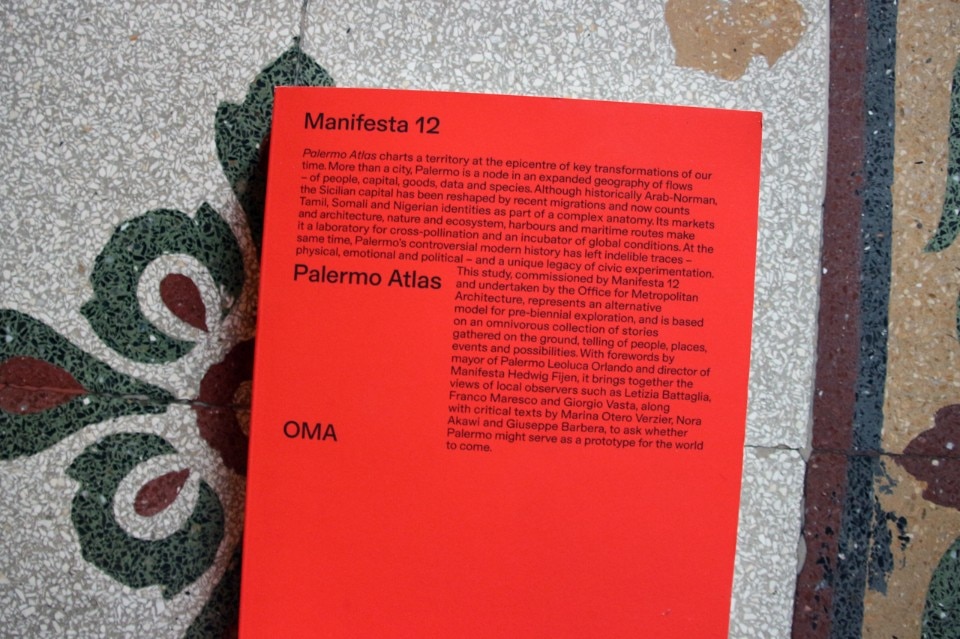
Palermo is an abandoned, incomplete and unfulfilled city. It is characterised by a centre which resists modernisation, and by uncontrolled building development that between 1955 and 1975 led to 300 million cubic metres of cement, transforming a well-organised city into a shapeless and ungovernable conglomerate. Palermo is a destination for mass tourism, for hurried visitors who consume mainstream tourist attractions in search of “folklore postcard scenes”. Yet it is also a city characterised by great biological and cultural diversity. Like the thousands of species populating the city’s botanical gardens (one of the main venues for Manifesta 12), there are just as many nationalities, cultures and creeds sharing the city centre and contaminating traditions. The book is made up of various independent chapters. It proceeds by classification, inventory and collections of images, data and fragments. The result, however, is not a complete mosaic. The final chapter, “Journey”, is made up of a long list of places and images which are the result of incursions made during the first “trips” through Palermo, with 100 different people. Instead of trying to unite preceding pieces, the story is further fragmented.
In the 418 pages on Palermo, nothing is written about Palermo. There is talk of religious rituals but not of the main faith: that of football; the Atlas dedicates two pages to the Funerary Stele of Anne (1149), a famous engraving in four languages (Latin, Greek, Jewish-Hebrew and Arabic), but makes no mention of the artistic magazine Sicilia, which was published by Salvatore Fausto Flaccovio between 1953 and 1989 in Italian, English, French and German to promote the island abroad; the Atlas catalogues films in which the city is featured, but does nothing to analyse the most popular hashtags on Instagram. Even the Palermo-born writer Giorgio Vasta, one of the contributors to the book, renounces the opportunity of describing Palermo, and reduces the 160 square kilometres of its territory into 190 square metres, the area of the apartment where he lived for 25 years.
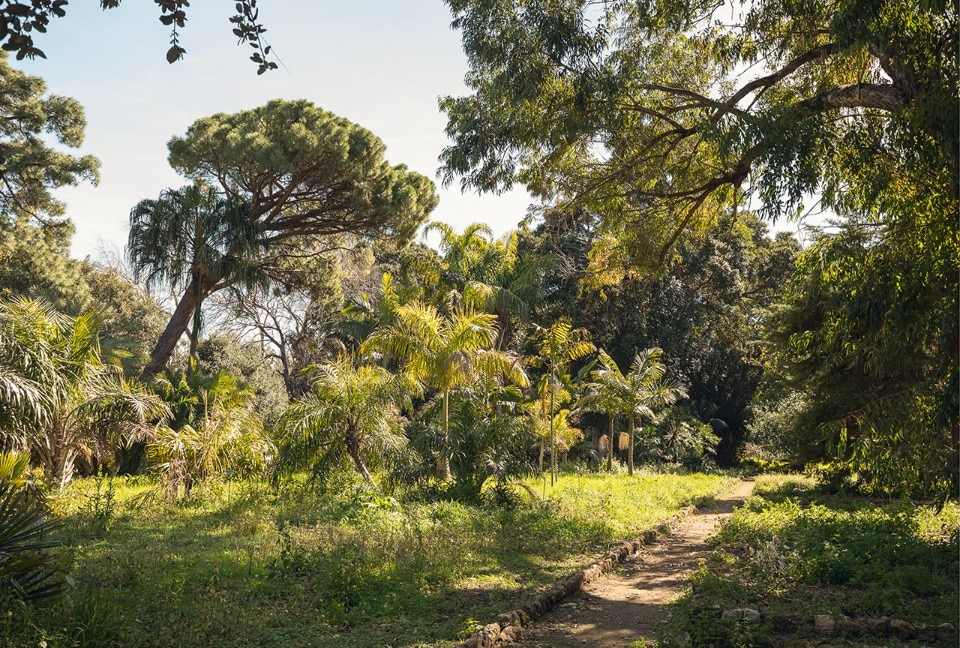
The desire to not provide a clear definition is in net contrast to the times in which we live, where simplification and populism reign supreme. Palermo Atlas is an invitation to be curious and discover the city, which keeps its involuntary monuments secret and has its history encrusted in the walls, and not held in the display cases of the museums. But above all, OMA’s research is a prelude to an artistic event which for almost five months attempts to dialogue with a territory and its civilisation. As Giuseppe Barbera, professor of Tree Cultivation at the University of Palermo, writes, “If one wishes to pursue systemic knowledge which does not escape the need to consider biological and cultural complexity, the need emerges for an instrument which is capable of representing emotions, feelings and dreams. That instrument is art, in all its various possible forms.” Complexity, ambiguity and indefinability are all welcome.
- Title:
- Palermo Atlas
- Curated by:
- OMA – Office for Metropolitan Architecture
- Texts:
- Nora Akawi, Giuseppe Barbera, Letizia Battaglia, Franco Maresco, Marina Otero, Giorgio Vasta et al.
- Layout:
- 418 pages, color 17 x 21 cm
- Graphic design:
- Mousse
- Published by:
- Humboldt Books
- Prize:
- 30€
- ISBN (English):
- 978-88-99385-43-9


